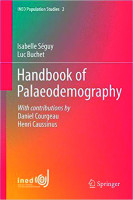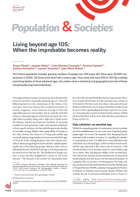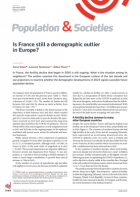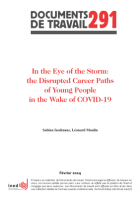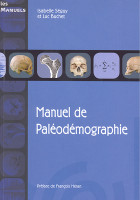
Manuel de Paléodémographie
Collection : Manuels and Textes fondamentaux
2011, 432 pagesPréface de François Héran
Avant-propos
Introduction : Vous avez dit « paléodémographie » ?
PREMIÈRE PARTIE • Les données du problème
- Chapitre I • Approche épistémologique de la discipline
- Chapitre II • La donnée ostéologique
- Chapitre III • La question de la population de référence
DEUXIÈME PARTIE • La restitution des paramètres démographiques
- Chapitre IV • L'âge au décès : approches et méthodes actuelles
- Chapitre V • Les modèles démographiques actuels
- Chapitre VI • Vers des modèles adaptés aux populations préindustrielles
- Chapitre VII • Des tables-types pour les populations préindustrielles
- Chapitre VIII • Définition et exploration d'un Standard préindustriel
TROISIÈME PARTIE •Vers un protocole d'études
- Chapitre IX • Synthèse finale
- Chapitre X • Exemples d'applications archéologiques
QUATRIÈME PARTIE • Et pour aller plus loin
- Chapitre A • Critiques des méthodes actuellement utilisées - Daniel Courgeau
- Chapitre B • Une nouvelle méthode d'estimation de la structure par âges au décès des adultes - Henri Caussinus et Daniel Courgeau
Références bibliographiques
Annexes • Tableaux de données
Paleodemography is the study of past populations who left few – or no – written records. Based on archaeological data, it aims to reconstitute the dynamics of human settlement or to estimate certain demographic parameters by studying vestiges such as exhumed skeletons, for example.
This approach is the focus of the present book. This manual is the fruit of collaboration between historical demographers and anthropological archaeologists who, with the help of mathematicians and statisticians, have developed methods for linking osteo-archaeological data with historical and environmental sources to shed light on ancient populations. An endeavour of this kind involves a multidisciplinary team, but also relies upon high-quality sources available in sufficient numbers.
It is a practical manual for anthropologists and archaeologists wishing to interpret ancient bones in demographic terms, written in readily understandable terms for all those wishing to comprehend and apply the described methods. Data linkage provides a means to retrace the living conditions of past populations in relation to the socioeconomic, technical, cultural and health contexts of their environment, opening up an important historical dimension to the discipline and offering new research perspectives.
Luc Buchet








